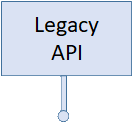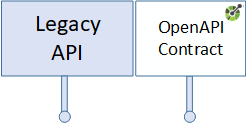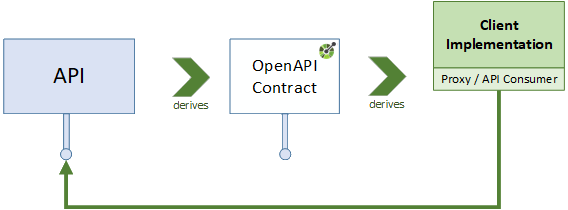The Open API Initiative (OAI), a Linux Foundation project created to advance API technology, announced the 3.0.0 release of the OpenAPI Specification. The OAI provides a foundation for developing interoperability of APIs and other technologies.
The OpenAPI Specification (OAS) v3 release is the culmination of nearly two years of collaboration among senior API developers and architects from across multiple industries, such as payment and banking, cloud computing, the Internet of Things, and vendors building API solutions. Under the auspices of the OAI, this collaboration provides a common way to unify how an industry defines and describes APIs—the services fundamental to how applications talk to each other in today’s connected world. The OpenAPI Specification defines the interfaces for RESTful APIs, describing resources and operations in a format that is easily discoverable and understandable by both machines and humans.
“The release of this third-generation format is a significant milestone for our community,” said Ole Lensmar, CTO, SmartBear Software and Chair of the OAI Board. “The updates made are entirely user and usage driven and that plays a huge role in the success of the specification. One of the most powerful things about this release is its ability to drive the full API lifecycle.”
Major improvements in the new version 3 release include support for describing callbacks, links to express relationships between operations, webhooks, enhanced examples, improved parameter descriptions, and better multipart document handling. Additional features add support for templated server URLs and semantic versioning. A detailed list is available here: OpenAPI Specification v3
“We’re excited to see growth in adoption and validation for a common OAI Specification, with nearly 4X growth in member companies over the past 18 months alone and increasing interest from governments and the healthcare and fintech sectors,” said Linux Foundation Executive Director Jim Zemlin. “Such growth validates the community’s vision to deliver an open way to share data with APIs.”
APIs have been elevated from a development technique to a driver of business, necessary for technology innovation and modernization. According to ProgrammableWeb, nearly 18,000 public APIs have been published since 2005, up nearly 1,000 in the past quarter of 2017 alone. Founded in 2015, the Open API Initiative has swelled to 27 members in the last 18 months and continues to accelerate beyond API vendors to include leaders in banking, healthcare, and governments worldwide.
Industry Support for OAI
42Crunch
“42Crunch is honoured to be part of the Open API Initiative,” said Philippe Leothaud, Chief Innovation Officer at 42Crunch. “The OpenAPI Specification is open source, platform-agnostic, vendor-agnostic and extensible. Leveraging this de-facto standard will accelerate API adoption across all industry verticals and, in particular, help the automatic consumption of APIs from applications and devices.”
Hart
“Healthcare is going through a data revolution right now with APIs at the top of the agenda,” said Mohamed Alkady, President at Hart. “By agreeing on a common API structure that allows anyone to quickly help build this future without having to re-learn a new nomenclature every time. With the release of OAS3 we are getting closer to a more well defined structure that can be more universally usable and deployable. We believe the Open API Initiative and joint technologies will lead to next-generation changes in API development and we’re excited to push this initiative forward in the healthcare space.”
IBM
“The OAI has progressed this specification relatively quickly, and the IBM Cognitive Cloud and API Economy teams are set to embrace this new, open specification”, said Todd Moore, VP of Open Technology, Digital Business Group at IBM. “By helping to establish the OAI, IBM joined with other companies who understand that robust, scalable, and secure APIs for enterprise systems form the basis of modern digital ecosystems. In addition, today’s software developers want open tooling to help them quickly and consistently create APIs to accelerate business transformation. Our clients trust IBM to help them manage their entire API management life-cycle.”
Kong (Mashape)
“Kong is the world’s most popular open source API gateway, and we’ve seen incredible growth of OpenAPI Specification usage,” said Marco Palladino, CTO and Co-founder, Kong (Mashape). “API specifications are a critical part of modern API development, publishing, and consumption workflows – and the Open API Initiative has been tirelessly advancing the industry-leading OpenAPI Specification format to its milestone 3.0.0 release. We are excited to keep contributing to the tooling ecosystem around OAS.”
Microsoft
“Microsoft congratulates the Open API Initiative and its developers on the release of version three of the OpenAPI Specification,” said Kamaljit Bath, Principal PM Manager, Azure Developer Experience. “We use OpenAPI across the company including: for description of Azure APIs and generating client libraries using the AutoRest tool, for describing over 150 services integrated with Azure LogicApps / Microsoft Flow, for customers to describe APIs they’re bringing to the Azure API Management service, and for description of APIs for which we generate documentation hosted on https://docs.microsoft.com/ and https://apidocs.microsoft.com/. We look forward to the latest release and the improvements it brings for ease of authoring, maintaining, and consuming OpenAPI descriptions.”
MuleSoft
“This new version of the OpenAPI Specification (OAS) incorporates important advances in describing APIs more fully, ” says Uri Sarid, CTO, MuleSoft. “API specifications are central to enabling robust, productive, and rapidly growing marketplaces of business capabilities. These marketplaces, in turn, are at the heart of digital transformations in enterprises, in governments, and across entire industries. OAS version 3 provides a broad format for describing APIs, RAML provides a powerful format for modeling APIs, and the API Modeling Framework leverages both to provide reusability and consistency and a universal SDK for building API tooling. We look forward to continuing to invest in these and in advancing OAI standards to create value for the API ecosystem.”
Red Hat
“Red Hat is a strong believer in Open Standards and Open Source,” said Steven Willmott, Senior Director and Head of API Management, Red Hat Inc. “The progress of the Open API Initiative and this release show what the power of community can do and we are pleased to see the industry coalescing around a strong common standard.”
SmartBear
“SmartBear is a strong supporter of open source communities, having donated the original Swagger Specification to the OAI in 2015. The evolution of the spec shows the power of bringing together collaborators across industries, to evolve the specification to meet the needs of API developers and consumers across the world in an open and transparent manner,” said Ron Ratovsky, Swagger Developer Evangelist, SmartBear. “SmartBear is committed to supporting the OAS 3.0 with our open source Swagger tools and our integrated platform, SwaggerHub.”
Tyk Technologies
“An increasing number of our customers are adopting the OpenAPI Specification as the de-facto API description format,” said Martin Buhr, CEO and Founder of Tyk Technologies. “As a leading Open Source API Management platform, Tyk is committed to open source and open standards, and we’re excited to be part of the OAS v3.0 specification launch.”
Current members of the OAI include: 42Crunch, Adobe Systems, Inc., API Evangelist, Atlassian, CA Incorporated, Capital One, Cloud Elements, Finxact, LLC, Google, Inc., Hart, IBM, Intento, Inc., ISA Research Group, Mashape Inc., Microsoft Corporation, MuleSoft, Oracle Apiary, Red Hat, RepreZen, Restlet, Inc., Salesforce, Samsung ARTIK Cloud, SmartBear Software, Software AG, StopLight, and Tyk.
OpenAPI is an evolution of the Swagger specification, which was donated by SmartBear to The Linux Foundation in 2015. To get more information about the OpenAPI Specification and learn about membership and contributions, please visit: https://www.openapis.org/
Resources:
The OpenAPI Specification v3
Follow OAI on Twitter @OpenApiSpec or join the conversation on GitHub
About the Open API Initiative
The Open API Initiative (OAI) was created by a consortium of forward-looking industry experts who recognize the immense value of standardizing on how REST APIs are described. As an open governance structure under The Linux Foundation, the OAI is focused on creating, evolving and promoting a vendor-neutral description format. Visit https://www.openapis.org/ for more information.
###
The Linux Foundation has registered trademarks and uses trademarks. For a list of trademarks of The Linux Foundation, please see its trademark usage page: https://www.linuxfoundation.org/trademark-usage. Linux is a registered trademark of Linus Torvalds.
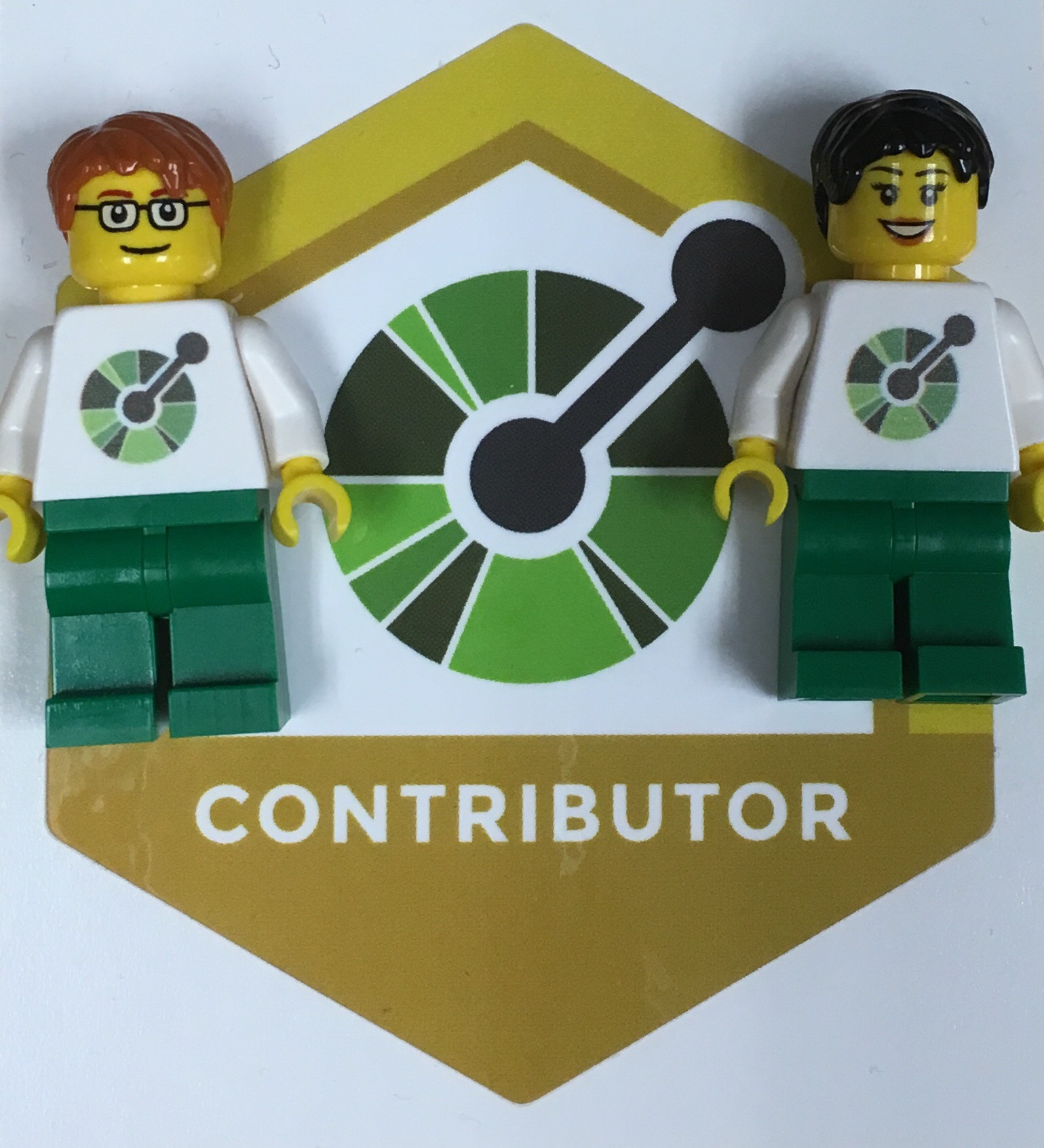












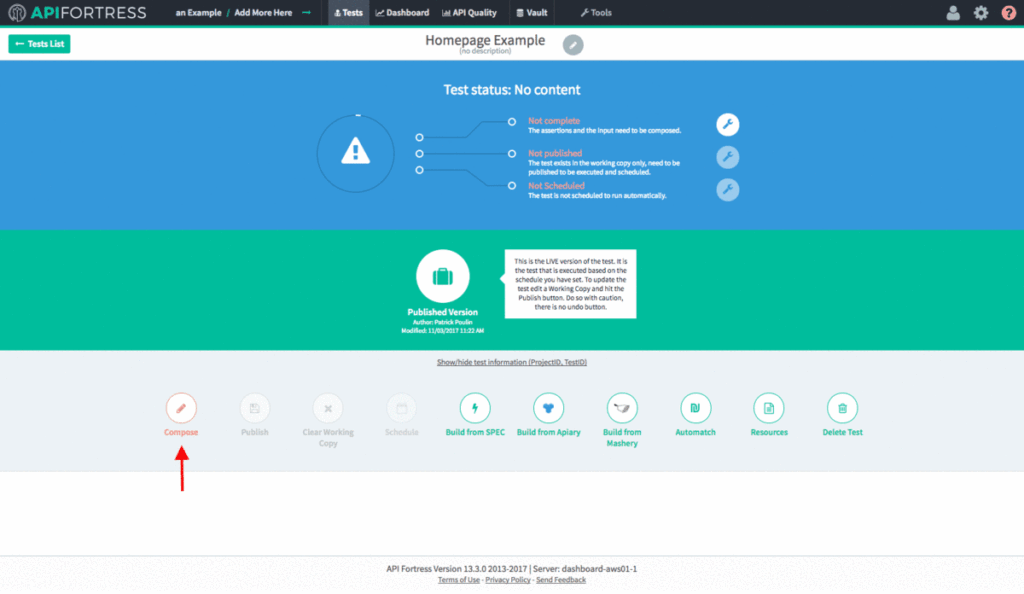 “Thankfully, rigorous unit testing is now an active part of development. However, functional integration testing of APIs is often procrastinated,” says CTO Simone Pezzano. “It is always on the plan for next quarter, because the level of effort to achieve complete coverage is overwhelming. That is what we have been specifically working to solve, and spec formats like the OAS are how we’ve been able to get so close to full automation.”
“Thankfully, rigorous unit testing is now an active part of development. However, functional integration testing of APIs is often procrastinated,” says CTO Simone Pezzano. “It is always on the plan for next quarter, because the level of effort to achieve complete coverage is overwhelming. That is what we have been specifically working to solve, and spec formats like the OAS are how we’ve been able to get so close to full automation.”
